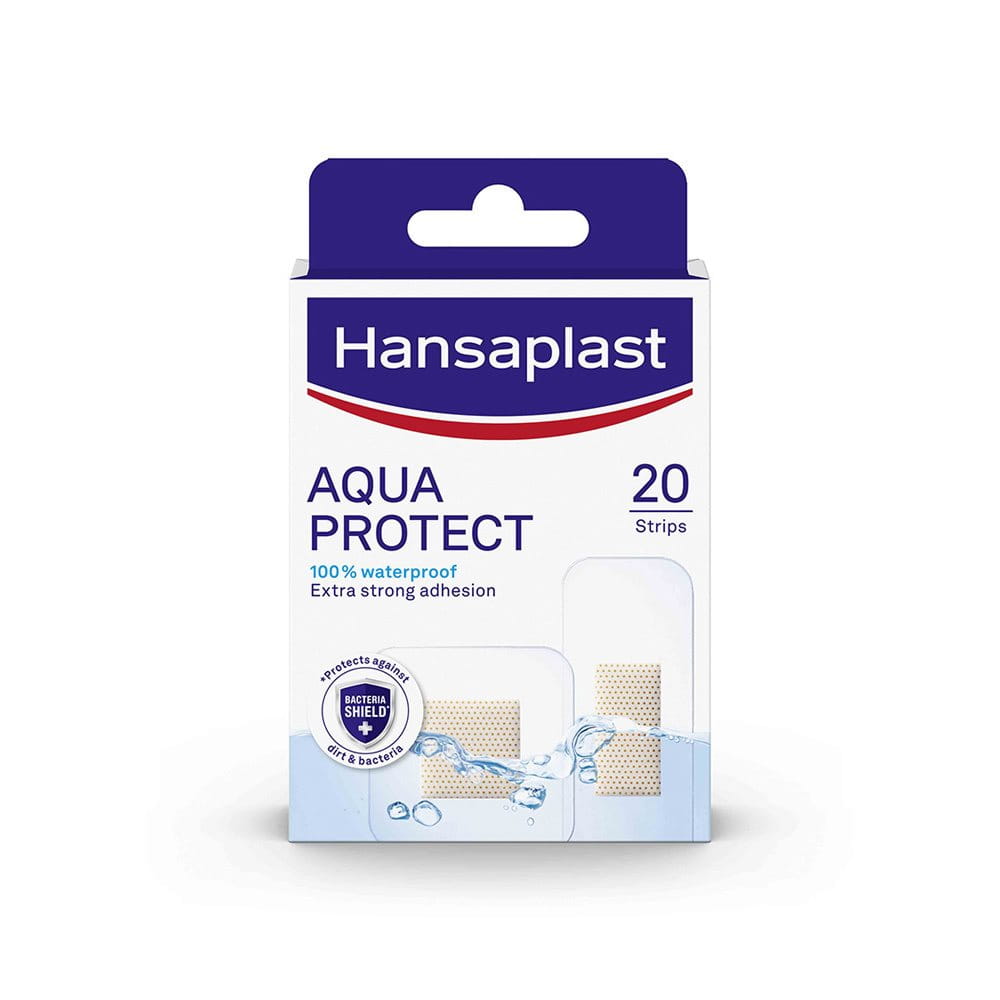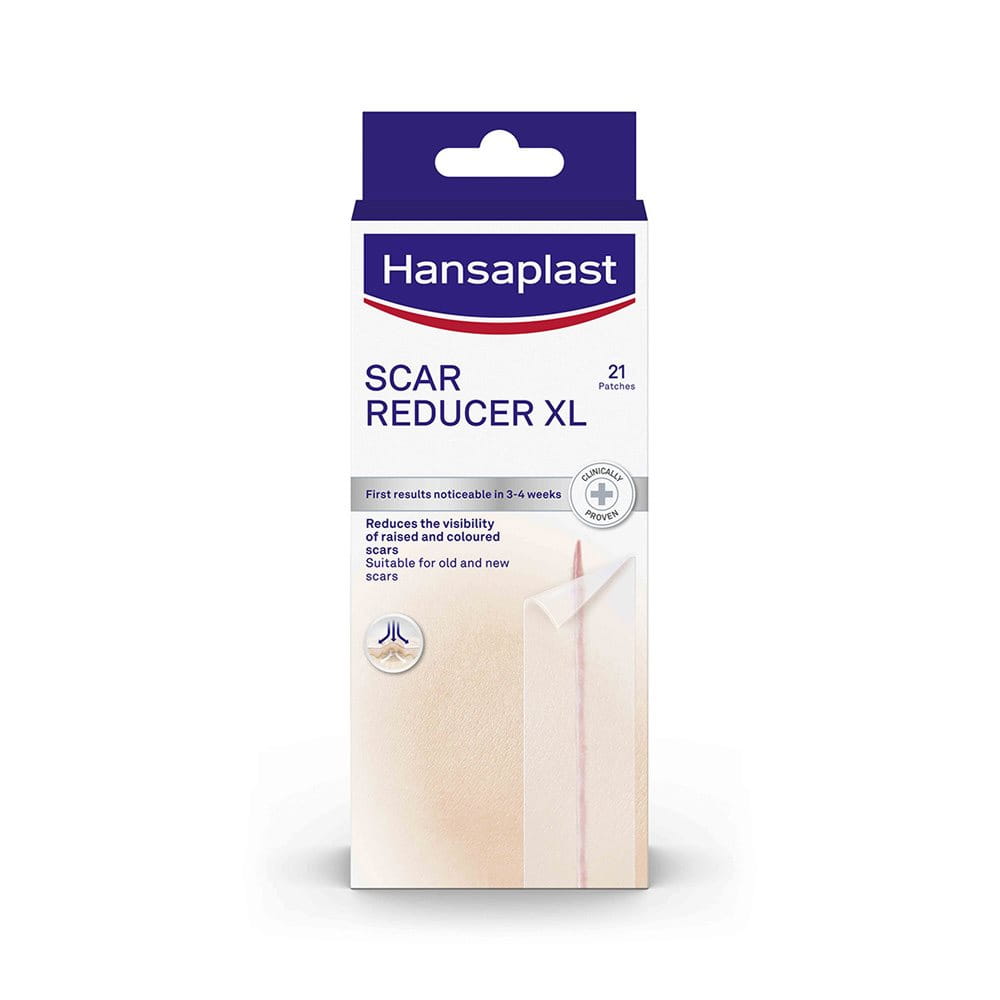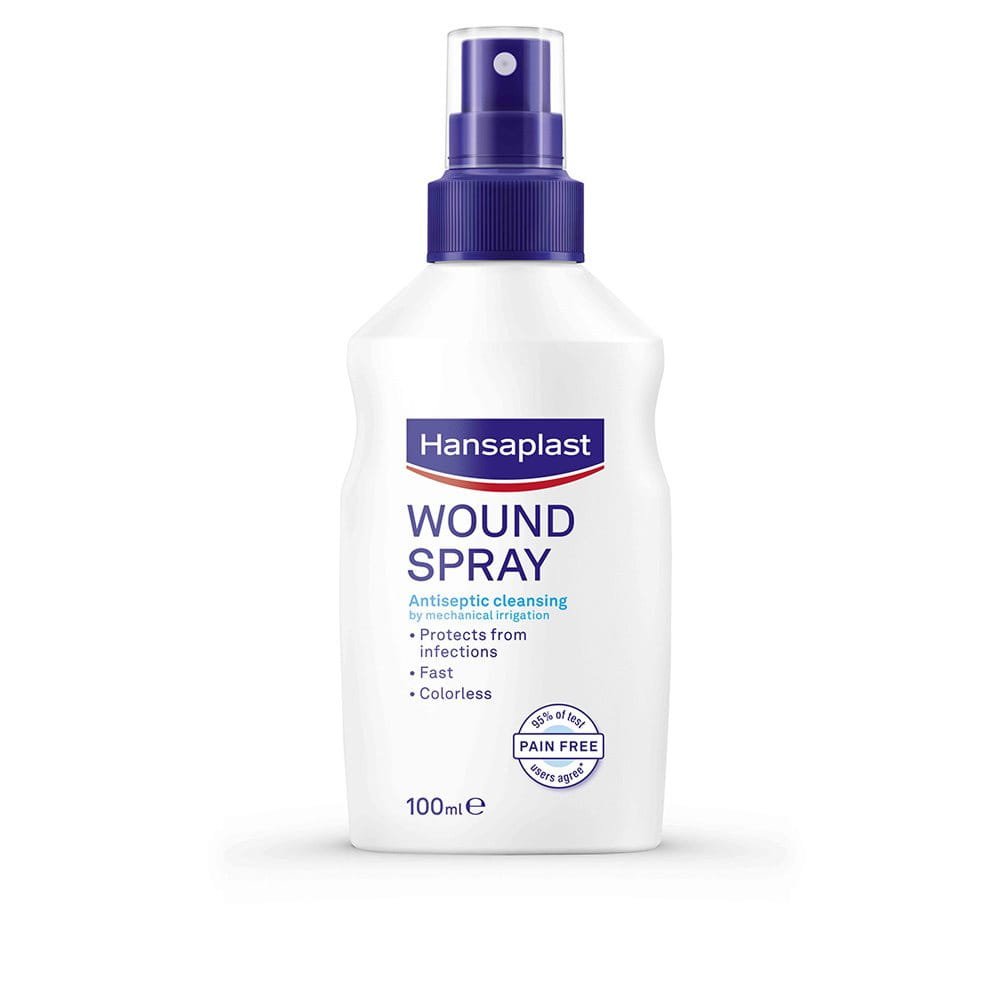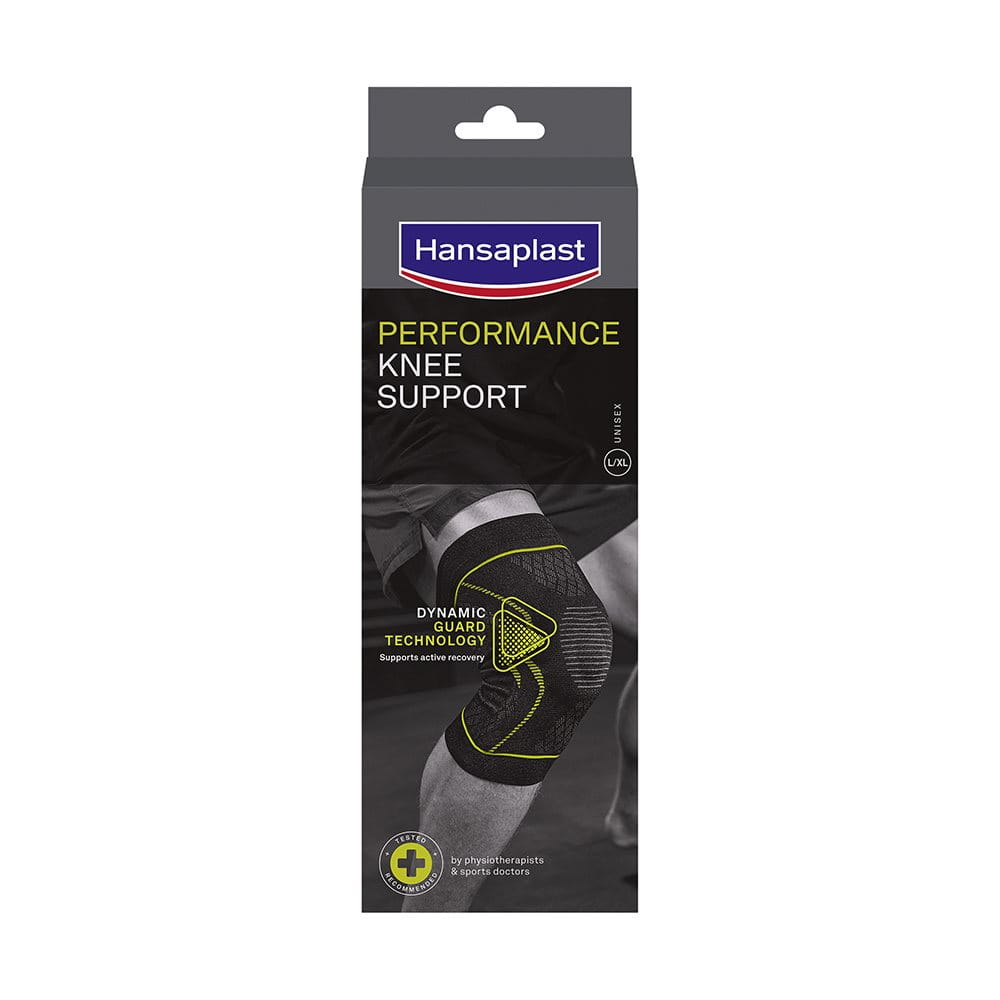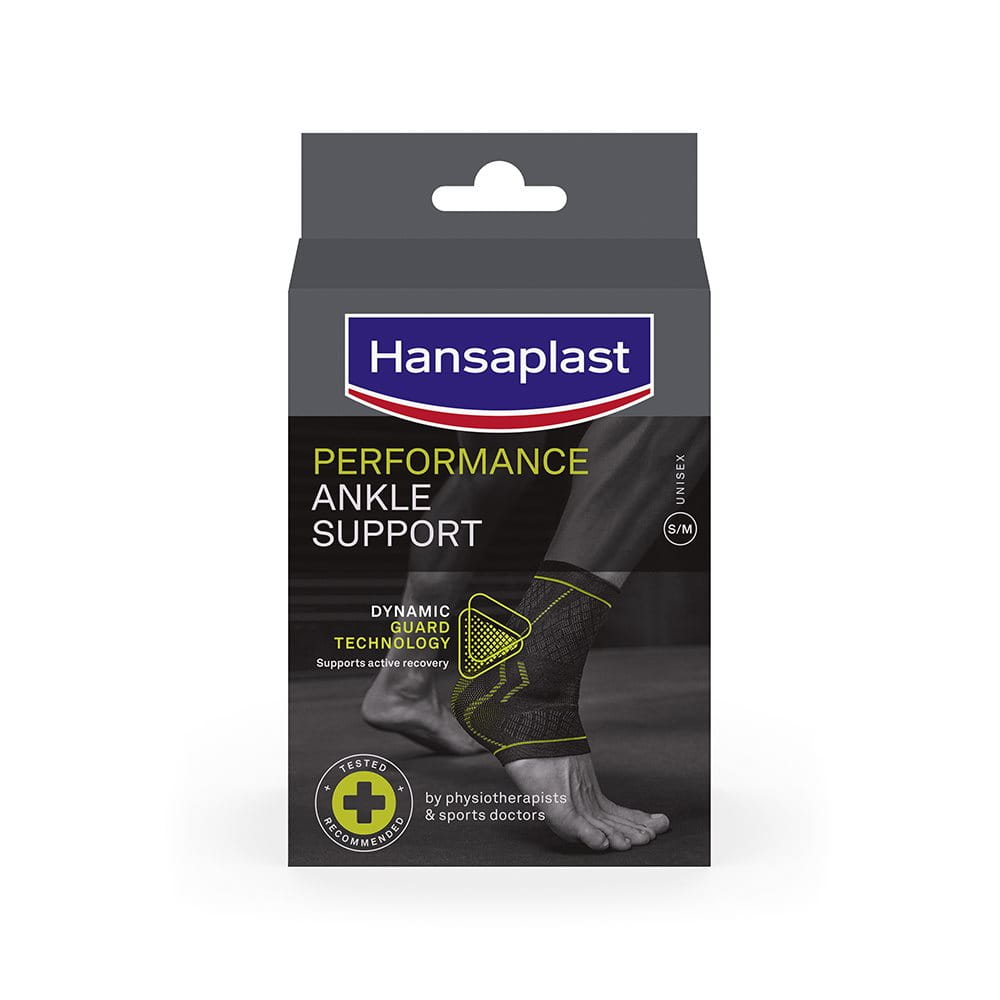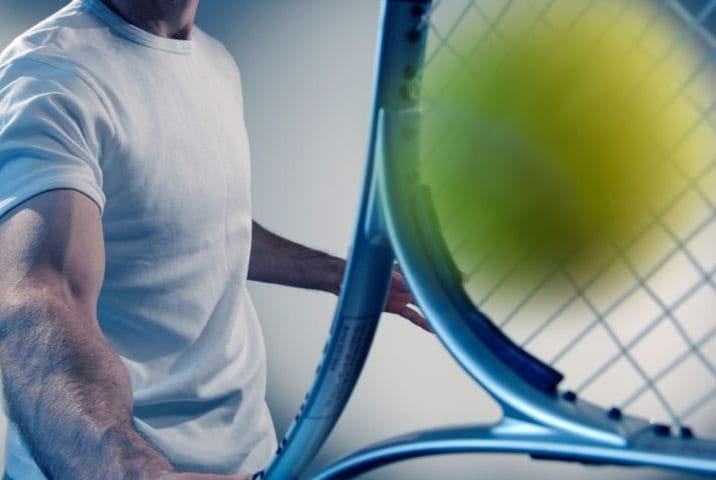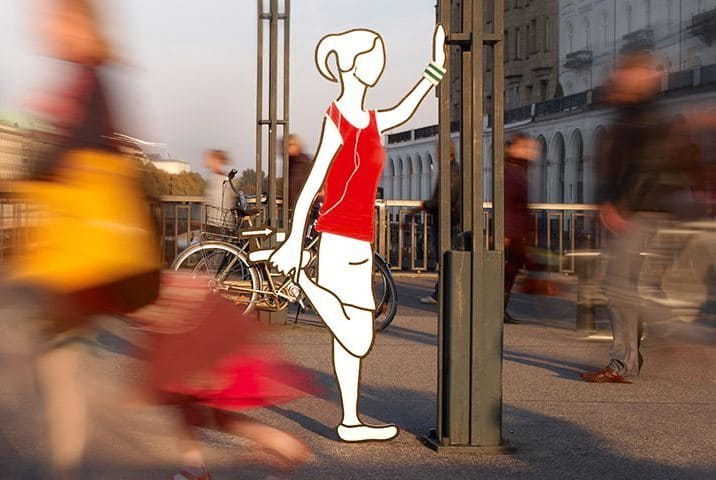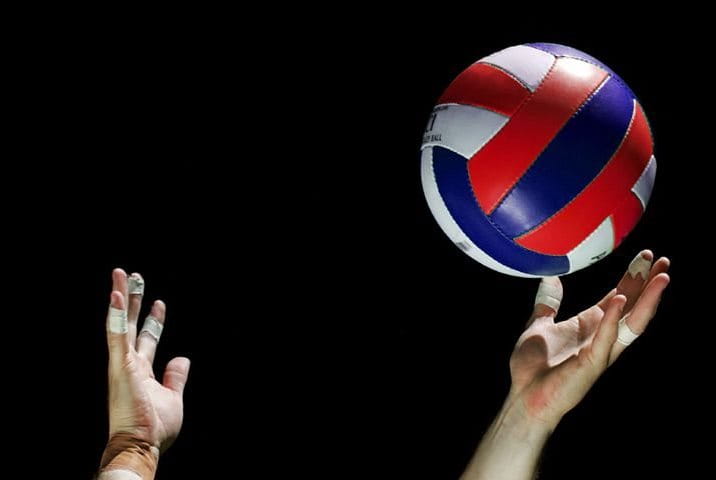You’ve just finished your long run and your calf muscle is already starting to cramp – along with it you feel a pulling pain. This is probably a muscle strain. In this article, we will take a closer look at what a strain actually is and how to best treat this kind of injury.
What is muscle strain?
Muscle strain is a type of injury that occurs due to overstretching a muscle. Here the smallest functional units of muscle tissue (sacromeres) are damaged. These sacromeres have been excessively stretched beyond their normal limit and have thus had their ability to function impaired. Unnatural movements, as well as excessive physical stress, can lead to overstretching of this kind. The most common occurrences are strains in the thigh or calf-muscle strains. However, the back and neck area can also be affected by muscle strains.
Muscle strain: causes of the injury
Common causes of muscle strain are often when one is engaged in athletic activities involving movements with quick changes in direction, like football, tennis or basketball. Quick sprints, abrupt stops and jumping during these sport activities can result in excessive physical stress on the muscles.
Further factors which may heighten the risk of muscle strain are:
- Previous injuries which have not healed completely. As a result, the muscle is not yet prepared to endure high levels of physical stress.
- The muscles are not sufficiently extendable and are thus more easily stressed – also due to not warming up one’s muscles before training / athletic activities.
- Centers of inflammation in the body can weaken one’s physical fitness and thereby impact the condition of the muscles.
- Excessive physical stress can lead to fatigued and overstressed muscles.
The latter point, in particular, should not be disregarded as a cause of muscle strain. Especially because fatigued muscles can trigger muscle strain: this type of muscle injury most commonly occurs towards the end of a run or a game.
Muscle strain: These symptoms are indicators

One typical symptom of muscle strain is a pulling, cramp-like pain. It is perceived as a gradual-onset, persistent pain. Further signs of muscle strain are:
- The muscles become cramped and hardened, whereby the muscle feels weakened.
- Flexing the muscle then is associated with pain, whereas stretching the muscle tends to feel relaxing.
Diagnosis of muscle strain
First of all, the events surrounding the accident are recorded in the hospital or doctor’s practice. Subsequently, medical professionals examine the affected muscle with regard to its strength and its range of movement. Muscle strain is not visible to the naked eye, but is palpable.
Treating muscle strain – consider:
For injuries to the muscles and joints, applying the RICE approach is recommended as a first step: it stands for Rest, Ice, Compression and Elevation. After first aid has been deployed for a sports injury, it is advisable to consult a medical doctor as quickly as possible. Pain therapy is, generally speaking, not required. Should, however, the muscle strain be felt to be exceptionally painful, the RICE treatment can then be supplemented with pain-relieving medication, such as ibuprofen.
Concomitant physical therapy can contribute to relaxation of the muscle and foster the regeneration process. Moreover, it serves to ensure that the affected muscle’s strength is maintained.
How long does it take for muscle strain to heal?
It is essential that the affected muscle is rested during the healing phase. How long this takes depends greatly on the severity of the injury and on the age of the person affected.
Resting the muscle is, as a rule, recommended for four to seven days. Full recovery of the muscle strain needs to be confirmed by a medical doctor. It may take up to two weeks or longer before the muscle is again able to withstand high levels of physical stress.
How can muscle strain be prevented?
For athletes, in particular, there are several recommendations for preventing muscle strain. It is of utmost importance to warm up before training. By doing so, the muscles are not actively ‘booted’ from a cold starting point. Moreover, the right clothing should be accounted for – because appropriate footwear can also prevent an injury.
It is essential during training or athletic activities to pay attention to your body. The pain is often insidious. However, it may already be perceived to a slight degree. At this point, it is worth taking a break and allowing the muscle to rest a while. Because too great a level of physical stress on the muscle can lead to overexertion and, in doing so, quickly cause muscle strain. In addition, bandages or tapes can be deployed as a preventive measure to support any joints that are at risk.
To promote muscle regeneration and to protect one’s musculature during athletic activities, compression clothing can provide support. By doing so, blood circulation is improved and the risk of injury is reduced. The Sport Compression Calf Sleeves from Hansaplast can, for example, be pulled over the lower leg with the label on the back until it covers the calf crease-free.
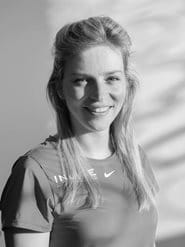
Laura de Bruin graduated in 2013 as a physiotherapist at the Hogeschool Rotterdam. In September 2015 she started the Master's degree in Manual Therapy in Rotterdam. In June 2018 she successfully obtained this degree and started afterwards in September 2021 the Master Psychosomatic Physiotherapy in Utrecht. Laura de Bruin sees importance in the provision of good quality care in an efficient and respectful manner that meets the preferences, wishes and expectations of a client as much as possible. In addition to individual treatments with clients, she supervises exercise groups. In recent years she has also followed several courses for headaches, neck-, shoulder- and back problems.
[Disclaimer: Please note that any recommendations and advice given on this website have been compiled with care. However, they are, in no way, meant to take the place of a medical doctor’s consultation and treatment. Should you have or assume to have a health-related problem consult a medical professional and adhere to the medical advice provided, regardless of the information you have received on this website.
If the medical symptoms are accompanied by reddening, swelling, overheating of the joints, persistent and serious pain and/or neurological symptoms (e.g. feeling of numbness, tingling), or if the pain extends to other parts of the leg, a medical professional needs to be consulted immediately.
The information on this website is not meant to constitute the basis for a self-diagnosis, treatment or medication.
Please always read carefully and adhere to the usage instructions or the pack insert of our Hansaplast products.
For further information on our products, please contact us on our Hasaplast hotline 040 / 4909 7570 (Mo.-Fr. 8.00 - 18.00h) or by email at Hansaplast@Beiersdorf.com.]
